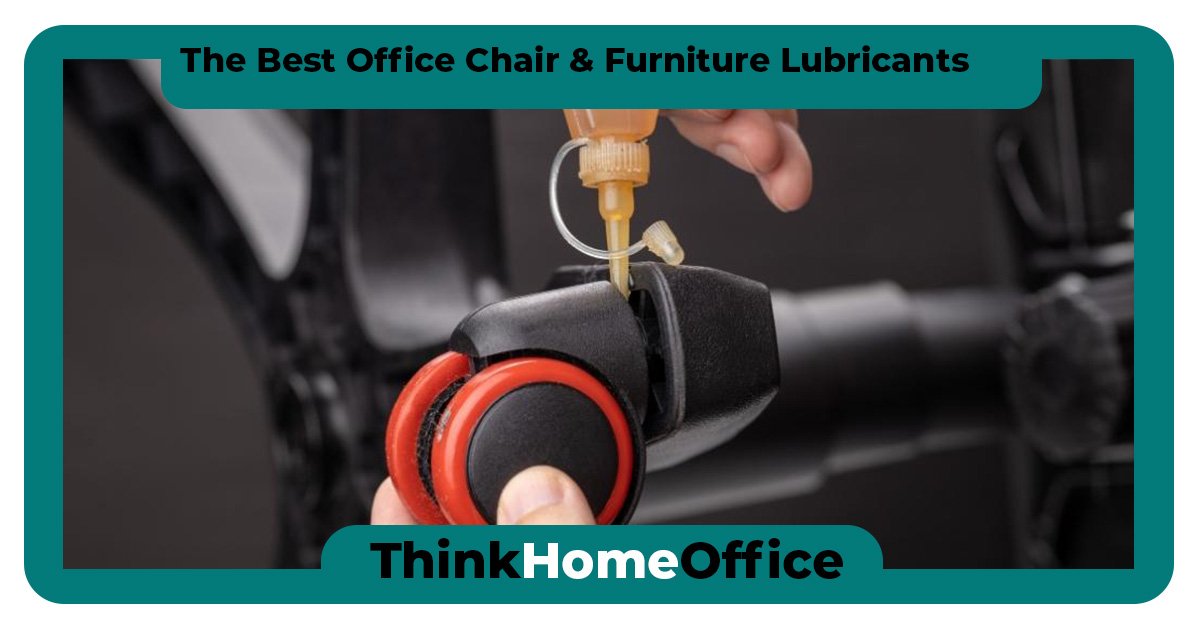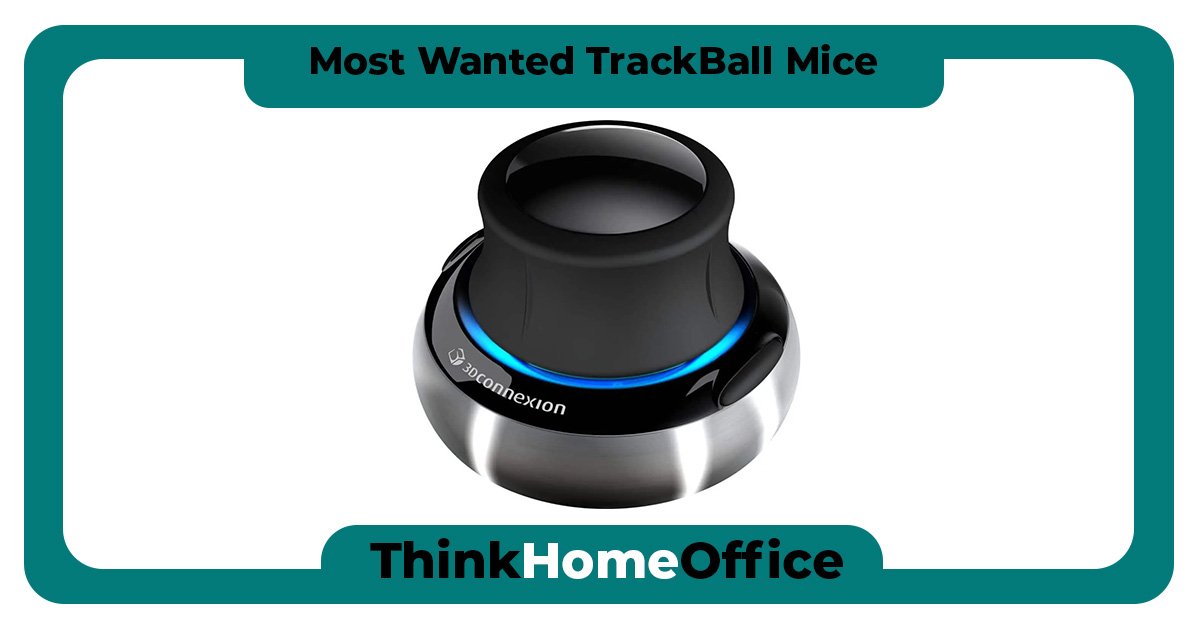Is your desk digging into an arm? Or do you have a table that cuts into your wrists? If you do, then below we have some really simple to steps for you to follow to avoid having to buy a new desk, table of piece of furniture.
How do You Remove Sharp Edges From Furniture?
The removal of sharp edges from furniture depends upon the material and finish of the furniture. If, for example, it was a wooden desk – the sharp edge could be sanded, planed or routed to a more rounded profile. The surface would then require painting, varnishing or spraying.
The use of the above processes would also work for smoothing out sharp corners.
Many modern desks are made from an MDF (Medium Density Fiberboard) or chipboard. These materials are not solid wood, and are coated in either a real wood laminate or a plastic laminate. These cannot be sanded, planed or routed – at least unless you plan to seal the exposed edge and then re-paint or re-spray the whole edge and surface.
If your furniture is not made from solid wood, or from a material that you cannot plane, sand or rout; then there are options available to you. Rather than take away, you can add!
There are a series of Edge Guards, Edge Protectors, Edge Bumpers, Corner Protectors & Corner Guards that are available on the market. They come in many varied materials and colors to suit your desk, table, door, furniture or even worktop.
Most types are adhesive, but there are types that can be screwed, pinned or nailed into position.
How do I Soften the Edges of My Desk?
If you merely wish to soften the edges of your desk, then sanding would likely be the best approach. Planing and Routing would require you to have – and know how to use – power tools. Sanding is very inexpensive, just requiring the user to have sand paper and maybe a sanding block, the sanding block will give a more flatter finish.
Of course you have a variety of machine sanders, but they may only be necessary if you need to remove a greater amount of material from the desks edges, to give you a rounded desk edge.
As discussed above, you can also purchase the same items – Desk Edge Protectors. It may depend on how much you wish to ‘soften’ the existing edges? Whether they are very sharp or fairly sharp, the easiest option is definitely to opt for the adhesive Desk Edge Protectors.
How to Fix Sharp Edges of a Table
The same options discussed above – How do I Soften the Edges of My Desk? – can be used for a table with the same problem; though tables may be of a greater dimension than the standard home office desk. Fear not! You can purchase Edge Cushion by the roll.
This is especially good if you have a desk that is a different shape, for example, if you have a curved desk and want to protect the edges. You can run the Edge Cushion around the entirety of the curved desk, from one end to the other.
Many types of these protectors are primarily designed to protect young children, but are ideal to make your furniture more comfortable for your everyday use. As seen in the following short video:
Of course, if you do have children – and your table has sharp edges – then you should use a protector to avoid the possibility of a nasty collision which may easily cause an injury to a small child.
Advantages of Buying Adhesive Edge & Corner Protection
- They come in a range of material – Plastic, Rubber, Foam, Silicone, even Metal.
- They come in a range of colors, from transparent to literally any color.
- They come in a range of dimensions and profiles.
- They are inexpensive.
- There is a large amount of different designs – you have a great deal of choice.
- They can be fitted easily, even replaced as tastes change.
- There is no change needed to the item on which they are used.
- As well as making a desk or table more comfortable, it is safer for children.
Worried about a protector ruining the look of your desk, then don’t be. This example edge and corner protector here, helps to maintain that classic desk or table look.
How Easy is it to fit Desk Edge & Corner Protectors?
Fitting these protectors is extremely straight forward. Prior to any measuring, or application, make sure you clean the surface thoroughly. This is ensure you get good adhesion, so the protectors can remain well in place.
The following steps will help you get it right…
- They invariably come with self adhesive panels on the underside, meaning you simply need to measure the length you require, ensuring you allow for the length of the corner pieces! The easiest method is to fit the corner pieces first, allowing you to get an accurate measurement for the straight pieces.
- Then using a sharp blade, craft knife or utility scissors, cut the desired lengths.
- Straight runs are normally provided as a roll, with the corner pieces being pre-manufactured to 90 degrees. They can be purchased as a kit – corners and a roll.
- Acute or Obtuse angles could easily be cut from the straight lengths, you would have to measure the angle required and then divide it equally. So if you had a corner that was 120 degrees, for example, you should cut opposing 60 degree angles.
- Once you have your corners in place, your lengths cut, simply remove the sticky covers and apply them. Do not stretch them, but apply gently. Once you are happy they are fitted well, apply some downward pressure to get them to stick in place firmly.
Voila! You have protected your desk corners and edges and made them easier to work on/ use.
Metal corner protection is also straight forward to fit, just requiring some small nails or screws, but these are normally to protect the corner of your desk or table; rather than for the protection your limbs or young ones.
To Wrap Up…
Edge and Corner Protectors offer the user a quick, simple and cheap option to smooth over sharp edges on furniture such as desks or tables. They are abundant and come in such a wide and varied range of options, you’d be hard pressed not to find one that suits your needs.
Of course if you are capable and have the required tools and materials, you may be able to fashion a new profile that is far more sympathetic to your arms and wrists. The other positive, that we previously mentioned in the post, is that the use of a protector not only protects you and your kids; it also protects the edge of the furniture from damage.
How many times did something fall over and catch that naked edge of your favorite table!?
For the sake of a few dollars and a few minutes, you can make you desk or table more comfortable, safer and more resilient!





